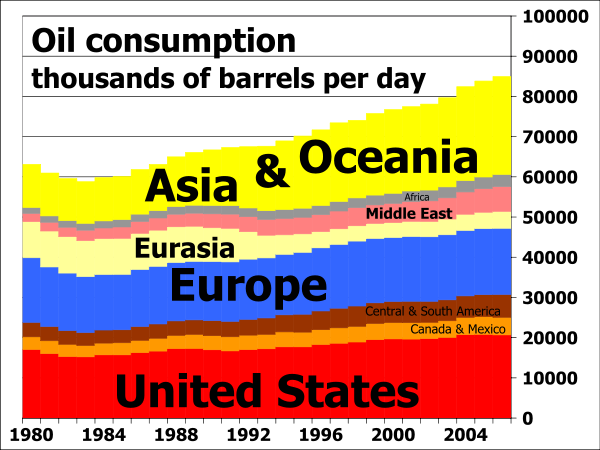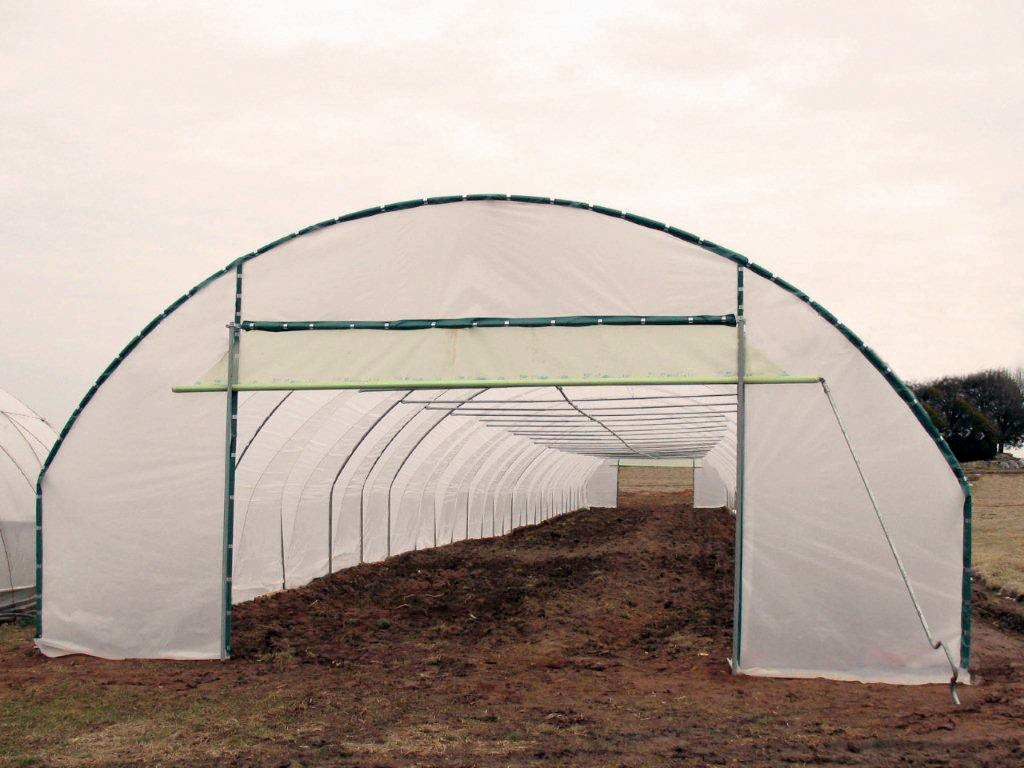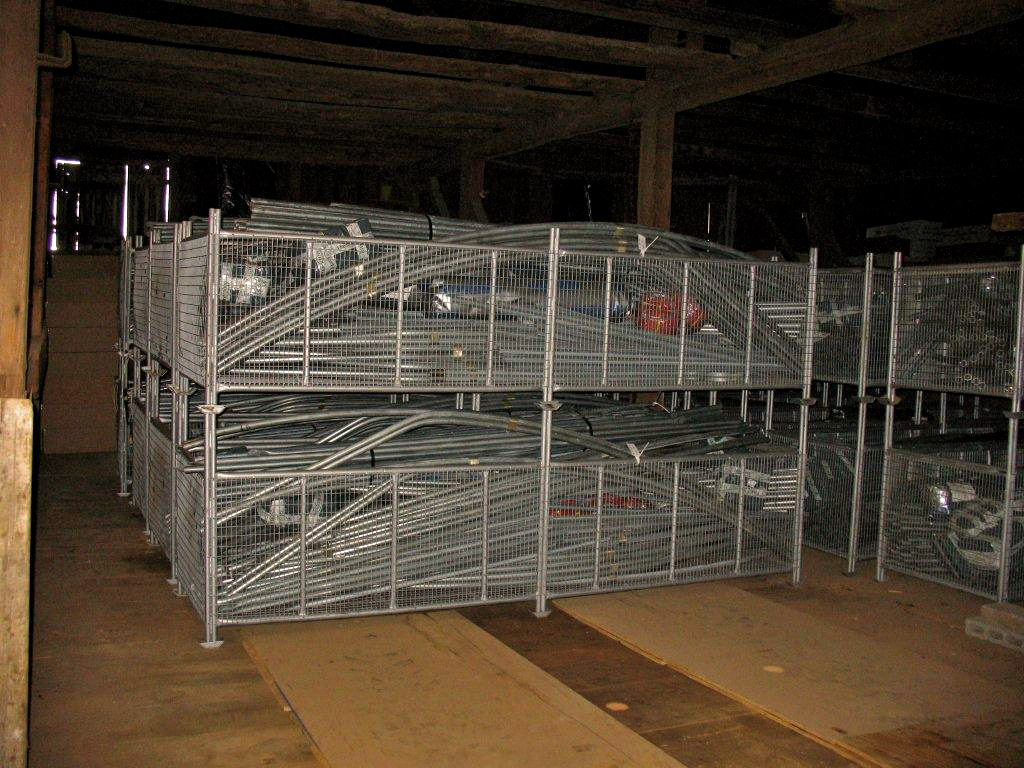Geothermal is the cheapest of the “base power” alternatives, and we must choose the cheapest alternative first. It’s the people on the lowest rungs of the economic ladder who will have their lights turned off first. We must take care of the most defenseless among us. If they are safe, we are all safe.
Geothermal is also the only alternative that is a resource for the native Hawaiian community.
Why we need geothermal:
One of the most important, yet mostly unnoticed, things happening in the field of energy is that production in world oil fields is declining due to natural causes. Every year we have 4 million fewer barrels of oil than we had the year before, and this needs to be made up by new discoveries.
Saudi Arabia produces approximately 10 million barrels of oil annually. That means that in order to keep the status quo, we need to find the equivalent of another Saudi Arabia every 2-½ years. This is very unlikely.
Here in Hawai‘i, we don’t have time to waste – we must implement economically feasible, proven technology wherever possible. We must do the right things for our future generations.
The technologies:
Because of their sporadic natures, both solar and wind are not likely to supply more than 15 percent of the electric utilities’ total needs.
What about biofuels? Where can they fit? Most are not economically feasible at this time. And its Energy Return on Energy Invested is very low—less than 2 to 1. Robert Rapier, a very well-respected expert in the field, has doubts about much of its technology. I agree with his assessment.
Some say we are discovering more than enough oil, pointing to Iraq as a potential supplier of 12 million barrels per day, if everything goes according to schedule. This, though, would merely delay the “peak” by three years.
What about the Canadian tar sands? They are producing only 300,000 barrels per day now. Even if that doubled, it would be relatively insignificant.
How about the deep ocean off Brazil? If it hits full production in six years – well, oil will have declined by 24 million barrels per day by then. It is unlikely that field will have twice the production of Saudi Arabia.
Because our current economic recession has caused demand to decrease, we have not been paying much attention to oil supplies and this is why we don’t notice too much that’s unusual. But more and more people are starting to notice the seriousness of the situation and they are starting to speak up.
Several very well-respected people in the world oil industry express their concern in this short video clip. They are: Jeremy Gilbert, former chief petroleum engineer for British Petroleum; Sadad al-Husseini, former VP of Production and Exploration Saudi Aramco; and Chris Skebrowski, Editor, Petroleum Review and Principal, Peak Oil Consulting. They all say we have a very serious oil supply problem.
Jeff Rubin is the former Chief Economist of CIBC World Markets and the author of Why Your World Is About To Get A Whole Lot Smaller. He built his reputation as one of Canada’s top economists based on a number of successful predictions, including the housing bust of the early ‘90s and the rise in oil prices.
In his recent book, Mr. Rubin predicts $225 per barrel oil by 2012 and with it, the end of globalization, a movement towards local sourcing, and a need for massive scaling up of energy efficiency. In this video, Jeff Rubin explains lots of things one would not normally know. There is also a written transcription of the video, if you’d rather read it. Here’s how it starts:
You know, the world’s not running out of oil. There’s all kinds of oil left in all kinds of places. There’s 165 billion barrels of the stuff in the Alberta tar sands. And if we run out of that, there’s tar sands in the Orinoco. And there’s oil 5 to 10 miles below the ocean floor, in the Gulf of Mexico, off the coast of Brazil. And if we run out of that, there’s oil in shales, in places like Wyoming and Colorado. So it’s not about running out of oil. We’re never going to run out of oil.
But what the world is going to run out of, indeed, what the world has already ran out of, is the oil that you can afford to burn. Not just burn in your cars, and 60 percent of all the oil that we consume is consumed in the form of either gasoline or diesel fuel to power those cars. But maybe, more fundamentally, the ways that we burn oil in a million different degrees to which we’re not aware of. But most fundamentally, the way we burn oil to run a global economy. And by a global economy, I mean where we produce something at one end of the world, ostensibly to take advantage of cheap labor costs, to be sold at the other end of the world.
Because, while that model of the economy is based on wage arbitrage, it assumes, implicitly and critically, that the cost of moving goods and parts around the world is trivial or marginal at best. But no matter how we move goods around the world, whether we move them by air, whether we move them by boat, whether we move them by rail, or by truck, we are burning oil. And soon, we will no longer be able to do that…. (read more)
Geothermal is proven technology. It’s also the lowest cost “base power” source, meaning it will put more discretionary income into the hands of consumers. Businesses will flourish and people will have jobs to raise their families.
As a bonus, “off peak” geothermal power can be used to make ammonia, which can be used as a source of nitrogen fertilizer. It can also be used as a transportation fuel for gas and diesel engines, and can be moved and stored with the same infrastructure as propane.
Remember: geothermal is the cheapest answer, and it is the least well-off among us whose electricity will be shut off first when prices skyrocket beyond what we can now imagine.



